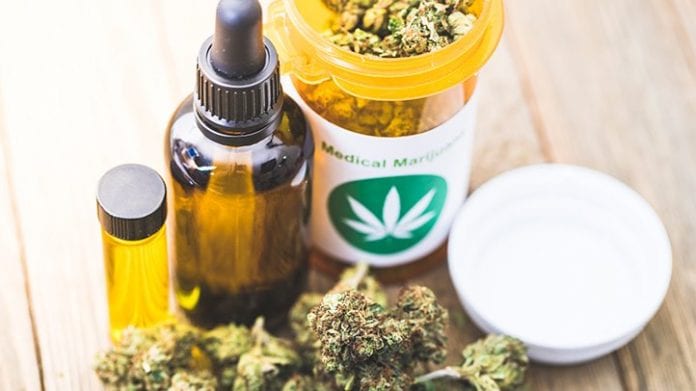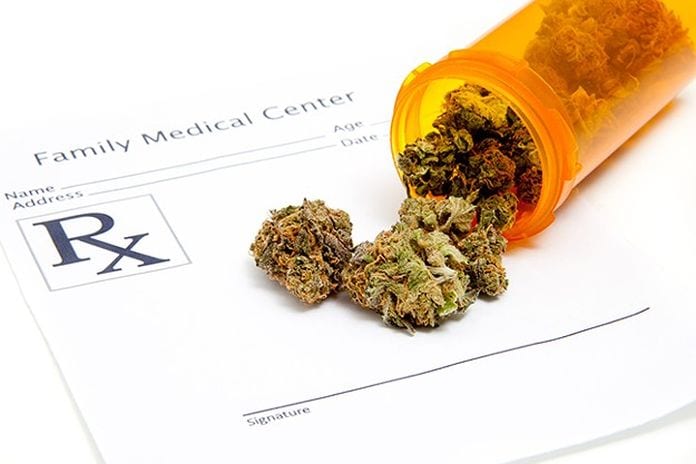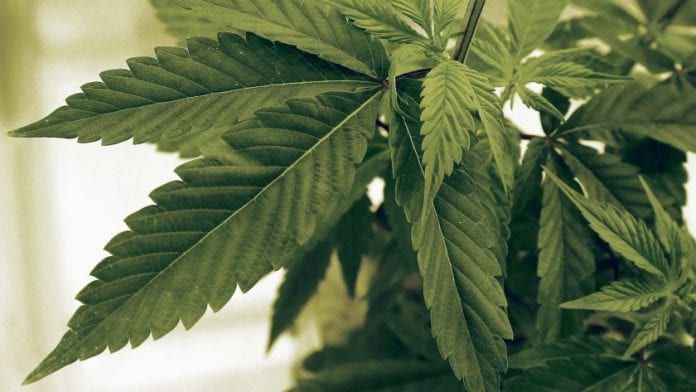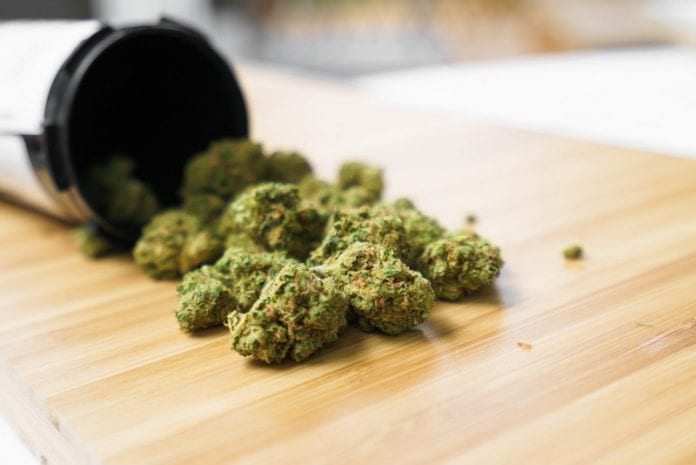The use of medically prescribed marijuana is a relatively new concept that is still finding its path in much of the United States. There are many concerns revolving around medical marijuana in the twenty-three states and territories (including Pennsylvania) where medical use of the herbal drug has been legalized. For Pennsylvania, medical marijuana is considered to be a quasi-legal drug, in other words, a controlled substance that can be used only when prescribed to genuine patients under strict supervision by a licensed medical practitioner.
What Are The Main Concerns?

As with any other drug, legal or otherwise, misuse and abuse are always a big issue for providers and patients alike. In the case of medical marijuana, this is no exception. From a provider’s point of view, the main concern is the drug’s illegal status as per US Federal Law, which essentially classifies it as an illicit herbal drug. The potential legal repercussions of supplying medical marijuana in a somewhat unclear legislative environment are a big deterrent to many potential growers and suppliers of medical marijuana.
Another factor that tends to prevent the widespread use of medical marijuana (even at licensed dispensary level) is the relative scarcity of concrete medical research and knowledge on whether the herbal drug is actually good or bad over the long term. The simple fact is that the lack of research conducted in medical marijuana use is a major concern in many dispensaries. On the other hand, numerous medical practitioners and dispensaries are willing to prescribe medical marijuana to their patients based on a growing number of positive-outcome studies and successful trials.
Patient Screening for Medical Marijuana Use

As with any other therapy or treatment, the main concern is always patient suitability. Although a herbal drug, marijuana is psychoactive and can be somewhat unpredictable in its effects on certain individuals. It is absolutely crucial then that potential users undergo extensive testing by a medical professional, possibly found via an organization such as Veriheal, where their condition or illness is properly diagnosed and analyzed.
Determining whether or not a patient is suited for medical marijuana use requires much more than just a quick physical check-up. The process involves detailed background analysis of a patient’s history of illness and pain (which may also involve histology), as well as social and emotional background checks to affirm his/her suitability for treatment. One of the most important aspects of patient screening for medical marijuana use is also risk assessment and tendency (or prior history) of substance abuse.
Currently, there are two main systems used in the United States to determine and assess the risk level and suitability of a patient when it comes to opiate-based therapies. These, however, are still in their infancy when it comes to medical marijuana use, though they are a good starting point for any assessment. The systems in question are ORT (Opiate Risk Tool), and SOAPP (Screener and Opioid Assessment for Patients with Pain).
When Is Medical Marijuana Not The Way To Go?

There are many examples of illnesses or conditions whose symptoms are greatly reduced, even eradicated, by the correct use of medically prescribed marijuana. Having said that, there are also many conditions where the use of medical marijuana is evidently not a good idea.
It is clear that patients with a history of serious mental illness such as schizophrenia or bipolar disease are not acceptable for medical marijuana therapies. The same applies to elderly individuals with known tachycardia and coronary diseases – marijuana tends to cause some blood pressure fluctuations. Consequently, such individuals are not suited to medical marijuana treatments.









